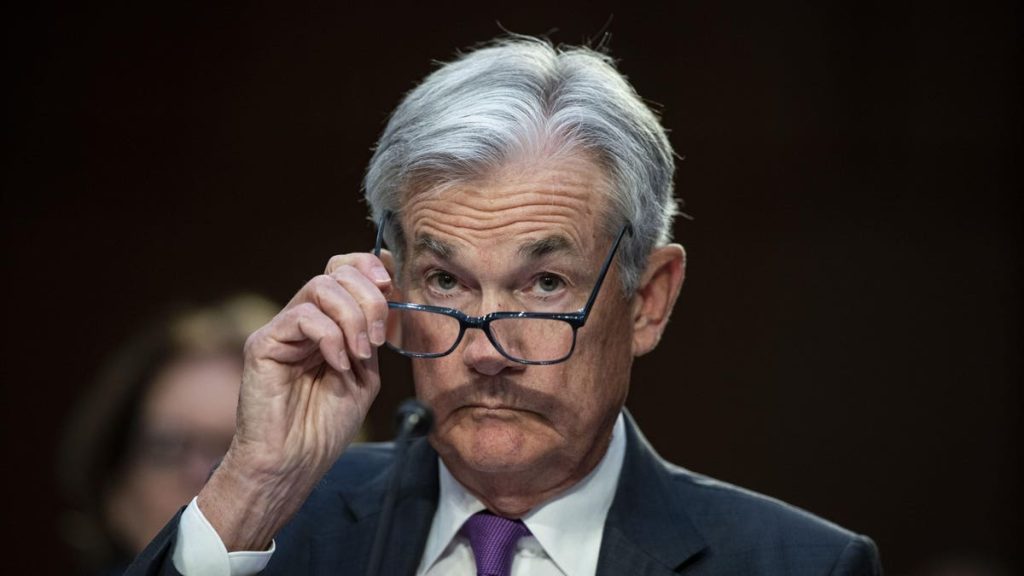Topline
Amid signs inflation continues to ease, the Federal Reserve decided to hold interest rates steady at the conclusion of its policy-setting meeting on Wednesday—forgoing an additional hike for the first time since officials started raising rates last March but also unexpectedly signaling at least one more increase may be on the horizon.
Key Facts
At the conclusion of its two-day policy meeting on Wednesday, the Federal Open Markets Committee said it would hold the federal funds rate (the rate at which commercial banks borrow and lend reserves) at a target range of 5% to 5.25%—the highest level since September 2007.
In the announcement, officials said holding rates steady would allow them to assess the economy and determine whether “additional policy firming… may be appropriate.”
Though they acknowledged tighter credit conditions are likely to weigh on economic activity, committee members said the extent of the effects “remains uncertain” and nevertheless pointed to recent indicators suggesting the economy “has continued to expand at a modest pace.”
Despite the pause, the Fed also signaled at least one more rate hike could come this year: Among officials, the median projection for the federal funds rate this year jumped to 5.6% from 5.1% about three months ago—yet another sign the Fed may need to act more aggressively than previously expected to help fight rising prices.
Stocks sank immediately after the release, with the Dow Jones Industrial Average falling 380 points, or 1.1%, for the day by 2:10 p.m. ET.
Key Background
The Fed began raising rates as inflation reached a 40-year high in March of last year, with expectations for the pace and intensity of incoming rate hikes becoming more aggressive amid stubborn price gains. The increases, which work to slow inflation by tempering consumer demand, sparked downturns in the housing and stock markets, but the recession many experts predicted has yet to materialize. Meanwhile, economic data on wage growth and inflation has been encouraging this year, showing signs inflation is abating enough for the Fed to ease up on its aggressive policy.
What To Watch For
The Fed’s next interest rate announcement is slated for July 6—and experts are divided on what may happen next. In a recent note, Goldman Sachs economists led by Jan Hatzius said they expect one other rate hike this year. However, Marta Norton of Morningstar Wealth warns the “inflation battle could very well rage on, in large part because we aren’t seeing the kind of slowdown we think we would need to see for inflation to fall to pre-pandemic levels.”
Big Number
4%. That was the annual inflation rate as measured by the consumer price index in May. It’s down from the peak of 9.1% last June, but still vastly higher than the Fed’s long-time target of 2%.
Here’s How Stocks Performed After The Fed Stopped Hiking Rates In The Past (Forbes)
Inflation Fell To 4% In May—Lowest Reading In More Than Two Years (Forbes)
Bear Market Is Over—But These Are The Warning Signs Experts Are Watching (Forbes)
Read the full article here



